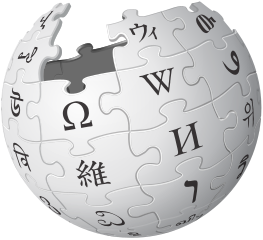Continuous version of the Fourier series.
Can be used to represent functions that are not periodic: math.stackexchange.com/questions/221137/what-is-the-difference-between-fourier-series-and-fourier-transformation while the Fourier series is only for periodic functions.
Therefore, the Fourier transform can be seen as a generalization of the Fourier series that can also decompose functions defined on the entire real line.
As a more concrete example, just like the Fourier series is how you solve the heat equation on a line segment with Dirichlet boundary conditions as shown at: Section "Solving partial differential equations with the Fourier series", the Fourier transform is what you need to solve the problem when the domain is the entire real line.
Lecture notes:
- www.robots.ox.ac.uk/~az/lectures/ia/lect2.pdf Lecture 2: 2D Fourier transforms and applications by A. Zisserman (2014)
How the 2D FFT works by Mike X Cohen (2017)
Source. Animations showing how the 2D Fourier transform looks like for simple inpuf functions.A set of theorems that prove under different conditions that the Fourier transform has an inverse for a given space, examples:
Articles by others on the same topic
The Fourier transform is a mathematical operation that transforms a function of time (or space) into a function of frequency. It is a fundamental tool in both applied mathematics and engineering, primarily used for analyzing and processing signals.
